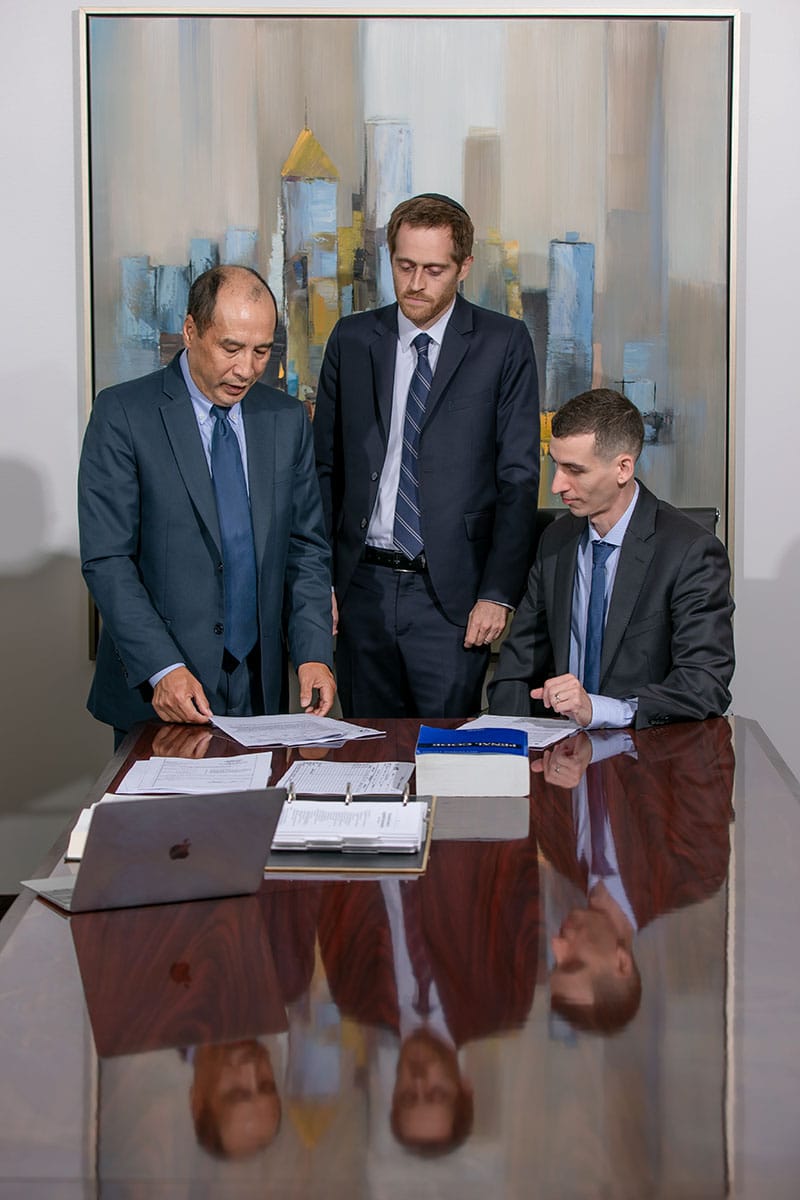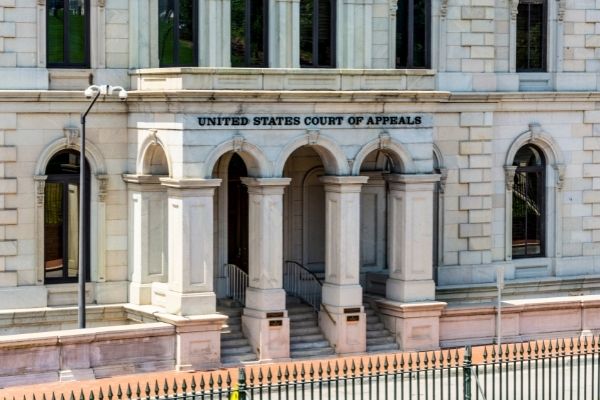Demystifying the Process of Federal Appeals: What You Need to Know
Navigating the elaborate realm of federal allures can usually feel like traversing uncharted waters for those not familiar with the procedure. Understanding the subtleties of appellate court territory, the details of filing a notification of appeal, providing a compelling brief, and making a persuasive dental debate are essential parts that can dramatically influence the end result of a case. By unraveling the layers of complexity bordering government charms, individuals can acquire a clearer understanding right into the mechanisms that regulate this vital phase of the lawful system.
Understanding Federal Appeals Process
Looking into the complex realm of the government charms procedure reveals a organized and methodical journey through the judicial system - best federal appeal lawyers in new york. Federal allures function as a crucial mechanism for assessing choices made by reduced courts. Recognizing this process is important for any person entailed in legal procedures at the federal degree
The procedure usually starts with a party dissatisfied with a reduced court's judgment filing a notice of allure. This triggers an evaluation by a greater court, where a panel of judges analyzes the legal disagreements provided by both events. Briefs describing the lawful reasoning behind each party's placement are submitted, and oral disagreements might be heard to make clear complex problems.
The appellate court's decision is based on a comprehensive evaluation of the lower court's proceedings and the disagreements presented. As soon as the appellate court gets to a decision, it can affirm, turn around, remand, or change the reduced court's judgment, supplying clearness and finality to the legal conflict.
Appellate Court Jurisdiction Explained

Appellate courts have territory over specific types of cases, usually those entailing legal errors, step-by-step concerns, or inquiries of regulation instead of valid disagreements. The territory of appellate courts is usually outlined in statutes and legislations that control the court system. Understanding appellate court territory is important for parties associated with the appeals process as it figures out whether an instance is qualified for testimonial and the extent to which the appellate court can interfere in the reduced court's choice.
Declaring a Notice of Appeal
The preliminary action in commencing the federal charms process entails filing a Notification of Allure with the proper appellate court. federal appeals lawyers in Idhao. This critical record formally alerts the court and the other events included in the case that the appealing event means to look for a testimonial of the lower court's choice. Filing a Notice of Allure is a stringent procedural need that sets the appellate procedure moving
When preparing the Notification of Appeal, it is important to ensure conformity with the certain rules and standards of the relevant appellate court. The paper must typically include details such as the case name, the lower court's name, the day of the judgment being appealed, and a concise statement showing the premises for the charm.
When submitting a Notice of Charm,Timeliness is of the significance. Missing out on the due date for sending this document can result in the charm being disregarded, underscoring the value of precise and timely initiation of the allures process. It is suggested to look for lawful support to navigate the complexities of submitting a Notice of Charm successfully.
Instruction and Dental Debate
In the appellate procedure, presenting written briefs and taking part in dental disagreements play essential duties in supporting for the appealing party's position before the appellate court. Briefs are thorough legal records that outline the events' disagreements, lawful authorities, and analysis supporting their positions. These written entries give the court with a comprehensive understanding of the realities of the case, the appropriate regulation, and why the appealing party believes the lower court's decision ought to be rescinded.
Following the entry and review of the briefs, oral arguments offer the parties an opportunity to further clarify their positions, address any kind of concerns the appellate judges may have, and emphasize crucial factors from their composed briefs. Oral debates are an opportunity for the lawyers to encourage the courts with verbal campaigning for and responses to questions from the bench.

Receiving the Appellate Court Choice

Conclusion
In final thought, the government appeals procedure is a complex but vital action in looking for justice. Comprehending the appellate court territory, filing a notification of charm, preparing briefs, and presenting dental arguments are all crucial components of this procedure. Ultimately, obtaining the appellate court decision can supply clarity and resolution to lawful disputes. It is necessary to navigate the government appeals process with persistance and interest to information to achieve a reasonable end result.
As we progress from comprehending the government appeals process to exploring the details of helpful resources appellate court jurisdiction, an essential facet comes to light regarding the authority and limits of these higher courts in the legal landscape. Appellate court jurisdiction refers to the scope of cases that a particular appellate court has the power to evaluate and determine upon. Unlike test courts that listen to instances for the first time, appellate courts are limited to evaluating choices made by reduced courts. Recognizing appellate court jurisdiction is essential for celebrations entailed in the charms procedure as it figures out whether a situation is eligible for review and the extent to which the appellate court can intervene in the lower court's decision.
Whether the appellate court verifies, turns around, or remands the reduced court's choice, recognizing the effects of the judgment is critical for all parties involved in the appellate process.
Comments on “Experienced Federal Appeal Attorneys: Skilled Representation for Complex Situations”